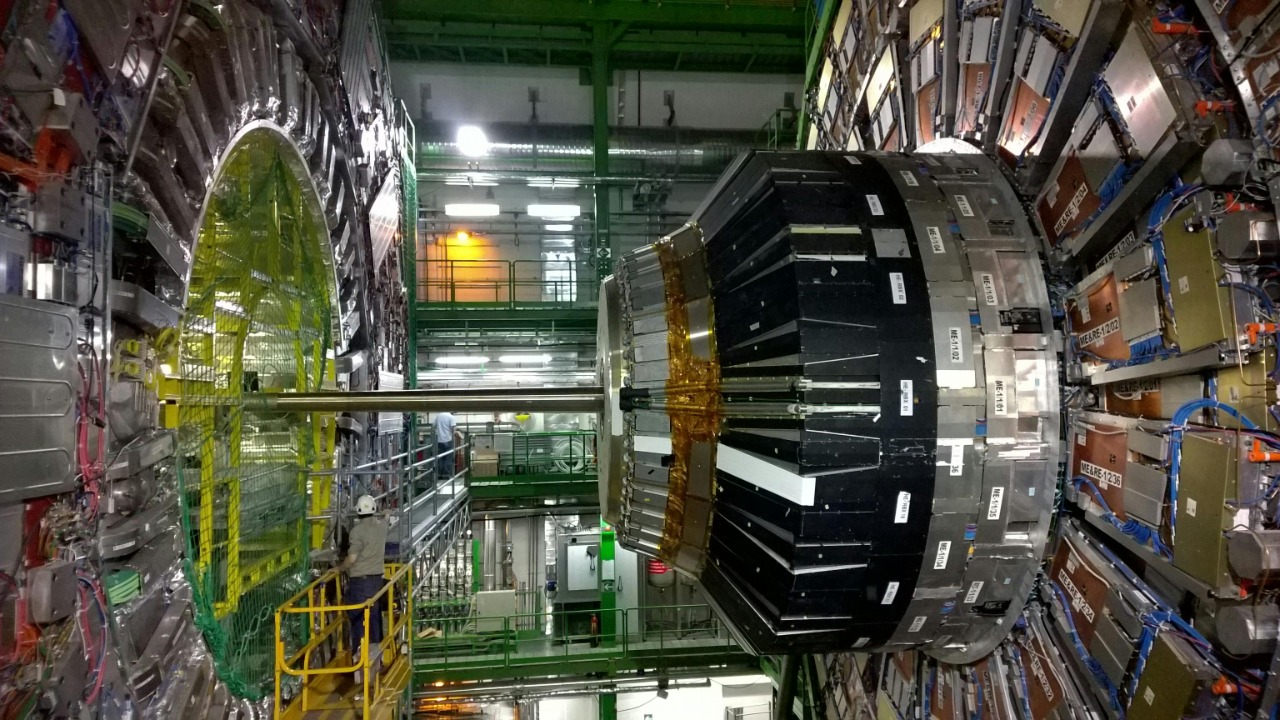
For the first time, CERN scientists have observed antimatter falling, marking a significant milestone in physics. This groundbreaking discovery challenges existing theories and opens up new avenues for understanding the universe’s fundamental forces. The observation not only deepens our grasp of antimatter but also extends our knowledge of the fundamental concepts of gravity.
Understanding Antimatter and Gravity
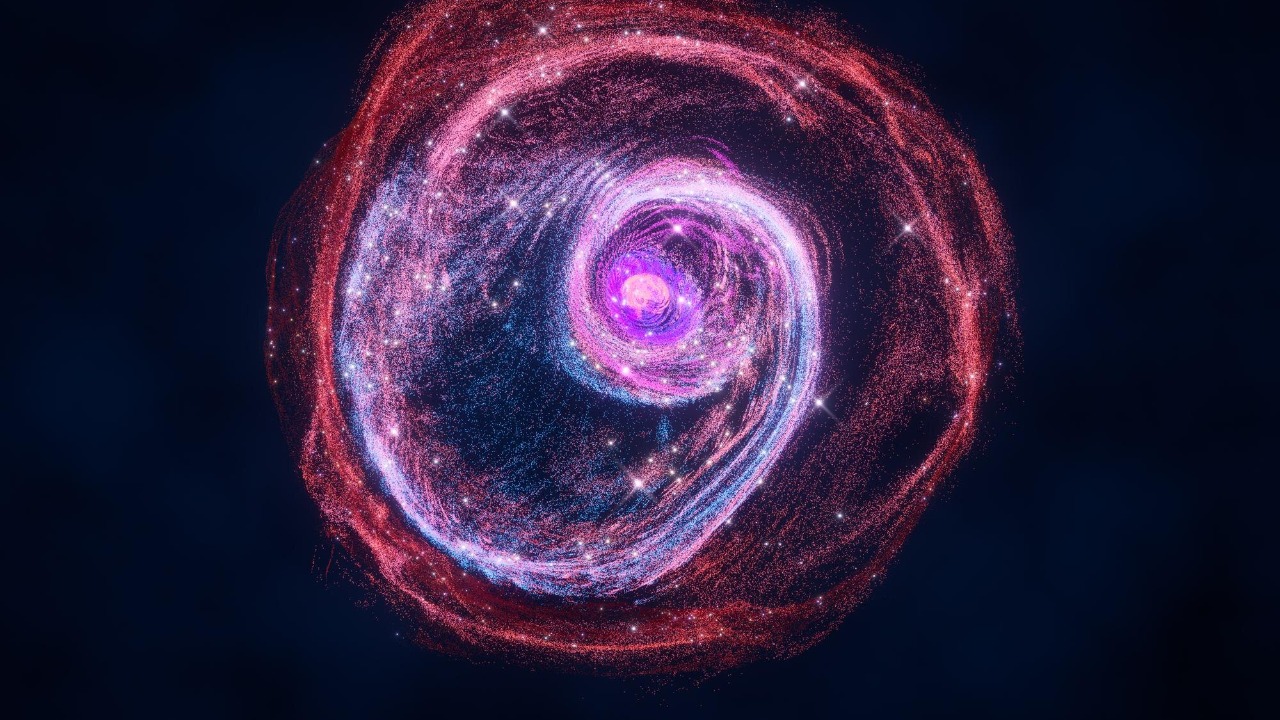
Antimatter, the enigmatic counterpart to ordinary matter, has intrigued physicists since its theoretical prediction in the early 20th century. Defined by particles with opposite charges to their matter counterparts, antimatter annihilates upon contact with matter, releasing energy. Its significance in physics is profound, offering insights into the symmetry of the universe and the origins of matter. However, the interaction between antimatter and gravity has long puzzled scientists, as traditional theories of gravity, like Newton’s law of universal gravitation, do not conclusively account for the behavior of antimatter.
Traditional theories of gravity, including Einstein’s general relativity, have been effective in explaining the gravitational behavior of matter. Yet, the question of how antimatter interacts with gravity has remained unanswered. Scientists have speculated whether antimatter would fall in the same way as matter or exhibit a different type of gravitational interaction. Theories suggesting that antimatter might even “fall up” have intrigued researchers, prompting a series of experiments aimed at resolving this mystery.
The journey to understanding antimatter’s behavior under gravity has been long and complex. Historical experiments have laid the groundwork for current research, with significant contributions from particle accelerators and detectors worldwide. Prior studies, although not directly observing antimatter in free fall, have hinted at its gravitational interactions. The groundbreaking [observation at CERN](https://home.agh.edu.pl/~kozlow/fizyka/Badania%20nad%20antymateria%20w%20LHC/THE%20ANTIMATTER%20RACE_Nature%202017.pdf) builds upon this legacy of inquiry, marking a pivotal point in antimatter research.
The CERN Experiment
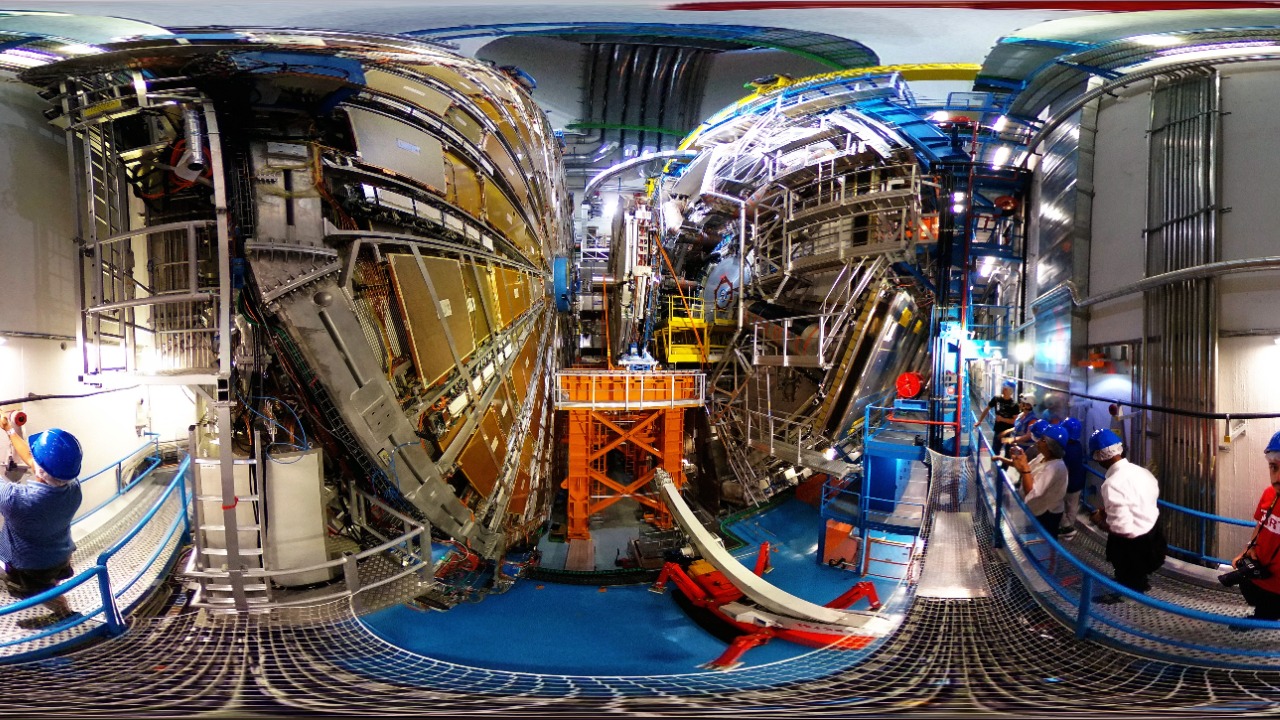
The CERN experiment utilized state-of-the-art techniques and instruments to achieve this unprecedented observation. Central to the experiment was the ALPHA-g detector, which allowed scientists to trap antihydrogen atoms and observe their behavior in a gravitational field. By carefully controlling the environmental variables, the researchers ensured that any observed effects were due to gravity and not external forces. This meticulous setup was crucial for obtaining reliable results.
The challenges in conducting such an experiment were immense. Antimatter is notoriously difficult to produce and contain due to its tendency to annihilate upon contact with matter. To overcome this, CERN scientists developed innovative solutions such as magnetic traps and ultra-cold environments to stabilize antimatter long enough for observation. The breakthrough came when the team successfully observed antihydrogen atoms falling, a clear indication of gravitational interaction.
Data from the experiment was analyzed with precision, revealing that antimatter does indeed fall downwards, much like regular matter, albeit with subtle differences. This observation was a major triumph, providing the first direct evidence of antimatter’s behavior in a gravitational field. The findings were published in esteemed journals, attracting widespread attention and sparking discussions about their implications for fundamental physics.
Implications for Physics
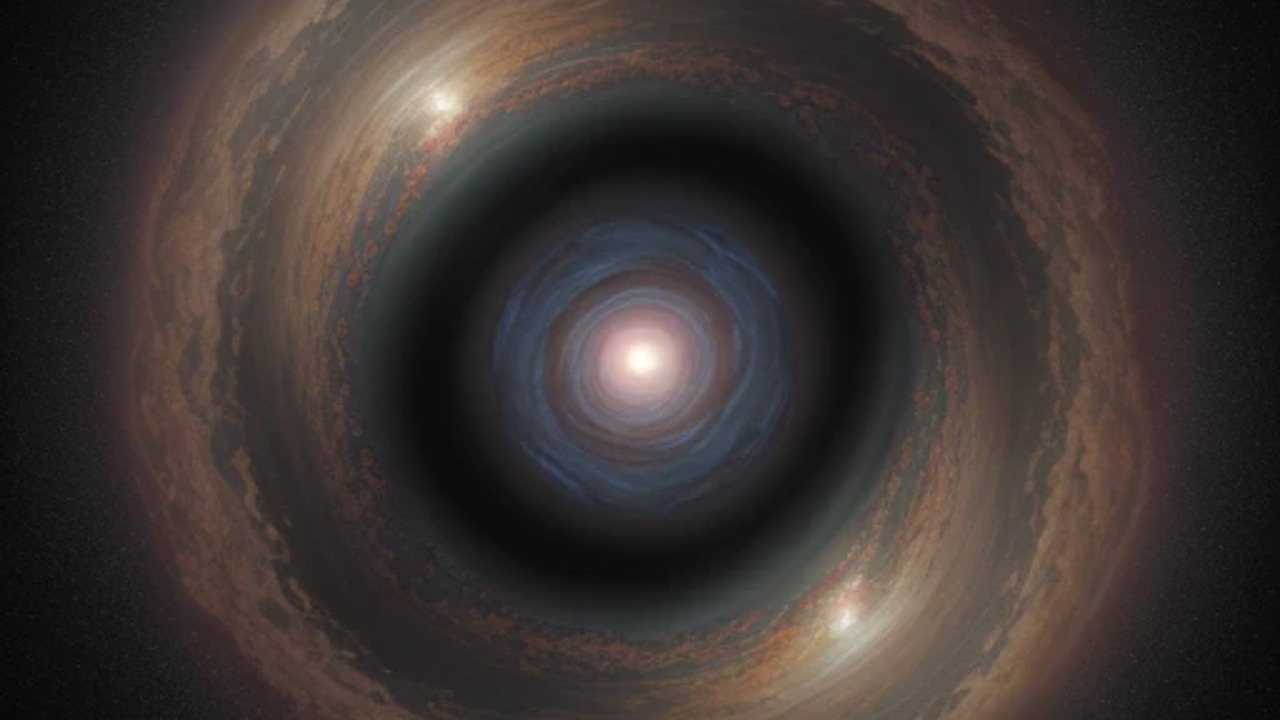
The observation of antimatter falling has profound implications for our understanding of physics. It challenges existing theories and suggests the need to revisit or even revise fundamental concepts such as Einstein’s theory of general relativity. While general relativity has been successful in explaining gravitational phenomena on a cosmic scale, the behavior of antimatter may require modifications or extensions to the theory.
Moreover, the implications for cosmology are significant. The observation could shed light on the universe’s greatest mysteries, such as the nature of dark matter and the matter-antimatter imbalance. This imbalance, where the universe appears dominated by matter despite theories suggesting equal amounts of matter and antimatter at the Big Bang, remains a central question in cosmology. Understanding how antimatter behaves in gravity could offer clues to solving this enigma.
Future research directions are plentiful, with the observation opening new avenues for experimentation and discovery. Scientists are keen to explore further the nuances of antimatter’s gravitational interactions and their broader implications. Potential experiments could involve more complex antimatter systems or comparative studies between matter and antimatter to refine our understanding of gravity’s role.
Global Reaction and Scientific Community

The scientific community has reacted with a mix of excitement and skepticism to CERN’s findings. Prominent physicists and researchers worldwide have acknowledged the significance of the observation, while also urging caution in interpreting the results. Discussions in scientific forums, such as Reddit’s science community reflect both enthusiasm and critical analysis, highlighting the importance of continued investigation.
Beyond its immediate implications for particle physics, the discovery could influence other fields of study, including quantum mechanics. The interplay between gravity and quantum phenomena remains an area of intense research, and understanding antimatter’s role could provide valuable insights. Furthermore, the observation may inspire cross-disciplinary collaborations, promoting advancements across scientific domains.
Public interest in antimatter and gravity has surged, with education and outreach programs leveraging the discovery to engage audiences. By showcasing the complexities and wonders of fundamental physics, such findings enrich science education and awareness, inspiring the next generation of scientists and researchers.
The Road Ahead
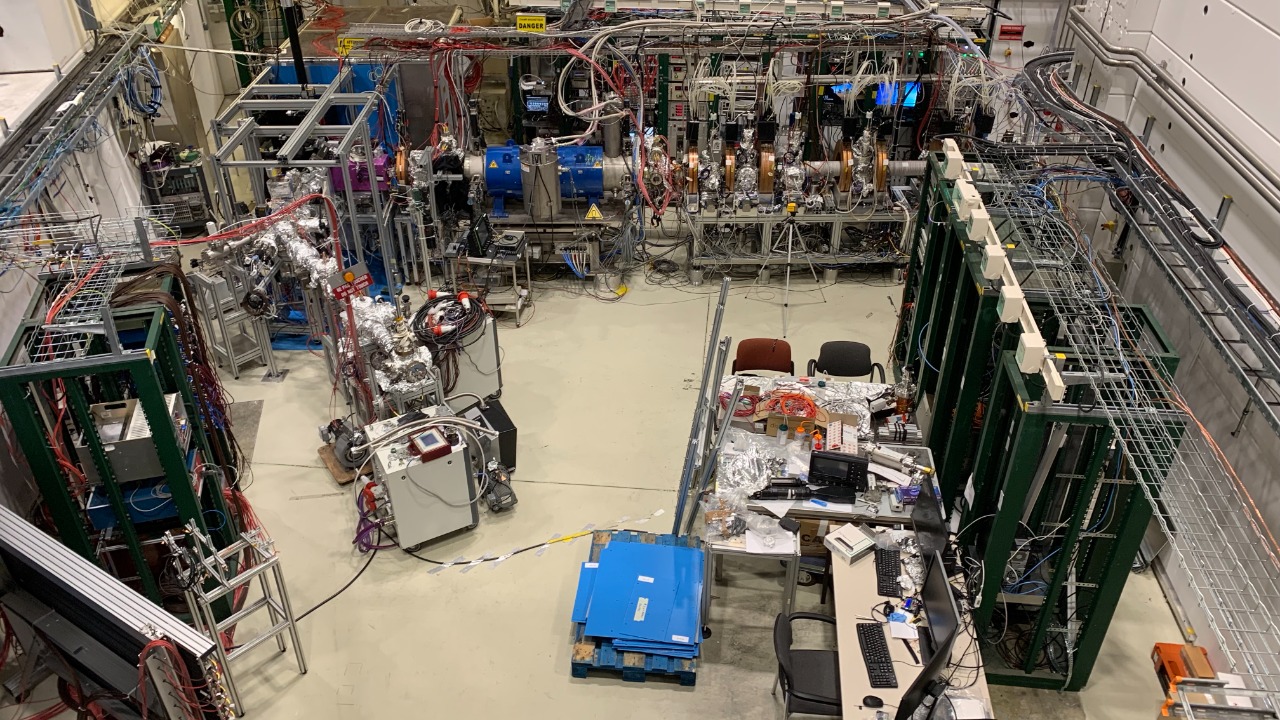
The technological advancements developed for the CERN experiment have potential applications beyond antimatter research. Innovations in magnetic trapping and precision measurement could benefit industries ranging from medical imaging to materials science. These technologies demonstrate the broader impact of fundamental research on practical applications.
Long-term goals in antimatter research are ambitious, aiming to unravel the mysteries of the universe and refine our understanding of fundamental forces. CERN and the scientific community are committed to pursuing these objectives, with this recent observation serving as a critical step forward. As research progresses, the potential for new discoveries remains vast, promising to deepen our understanding of the cosmos.
Reflecting on the potential for future discoveries, there is a palpable excitement surrounding the continued exploration of the universe’s mysteries. Antimatter research, with its challenges and opportunities, exemplifies the spirit of scientific inquiry, driving us to push the boundaries of knowledge and uncover the secrets of our universe.